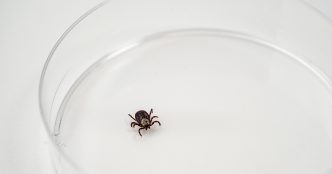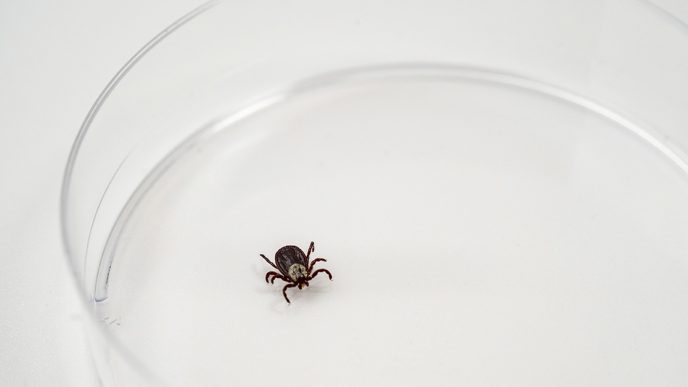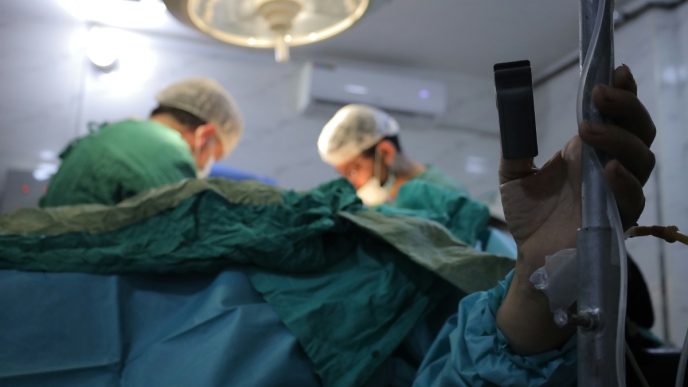
High-Risk Leftovers
Cooked Rice and Pasta
These foods can develop Bacillus cereus, a bacterium that thrives in starchy foods and can cause food poisoning. Always store them in the refrigerator within two hours of cooking and reheat them thoroughly before eating.
Potatoes
Potatoes can develop Clostridium botulinum, especially when stored in aluminum foil. Ensure they are refrigerated promptly and reheated well.
Meat and Poultry
Leftover meat and poultry can harbor bacteria like Salmonella and Listeria if not stored correctly. Refrigerate these leftovers within two hours and reheat to an internal temperature of at least 165°F (74°C).
Seafood
Seafood can spoil quickly and should be consumed within one to two days. Proper storage in airtight containers and thorough reheating are essential.
Dairy-Based Dishes

Creamy dishes, such as casseroles and creamy soups, can spoil quickly. They should be refrigerated promptly and consumed within a few days.
Safe Practices for Leftovers
Prompt Refrigeration
Store leftovers in airtight containers in the refrigerator within two hours of cooking. For hot climates, reduce this time to one hour.
Proper Reheating
Reheat leftovers to an internal temperature of at least 165°F (74°C) to kill any potential bacteria. Use a food thermometer to ensure accuracy.
Avoid Room Temperature Storage
Do not leave leftovers at room temperature for extended periods. Bacteria can multiply rapidly between 40°F and 140°F.
Smaller Portions
Divide large quantities of food into smaller portions for quicker cooling and more efficient storage.
Discard When in Doubt

If you are unsure about the safety of a leftover, it’s better to discard it than risk foodborne illness.
By following these guidelines, you can enjoy your leftovers safely and reduce the risk of food poisoning. Always prioritize food safety to ensure that your meals are both delicious and safe to eat.











